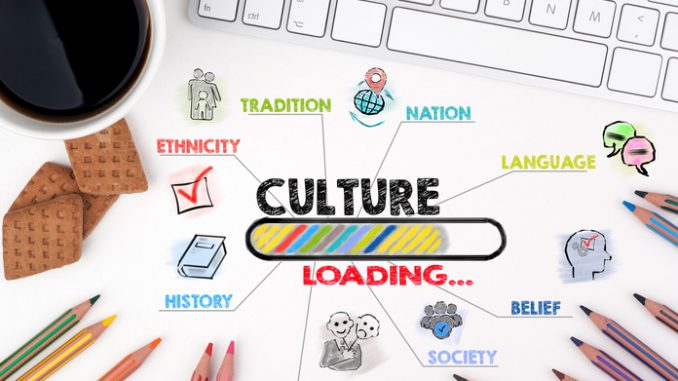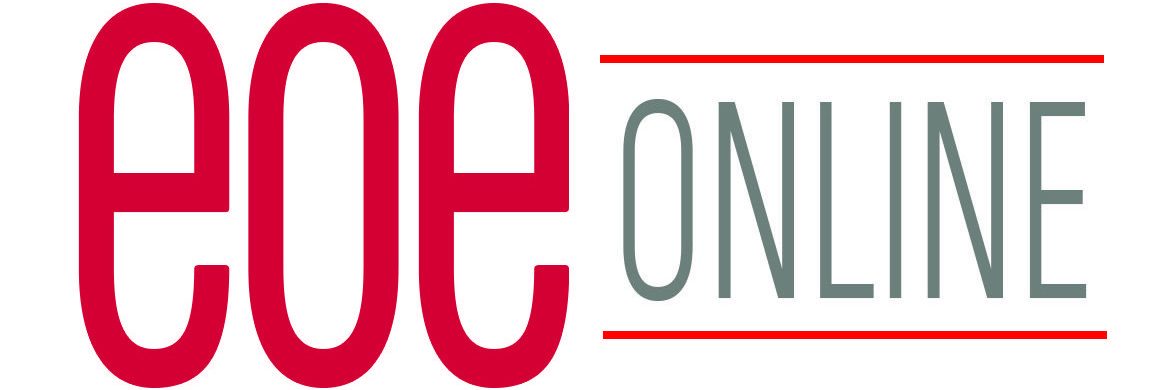
What does culture look like in the workplace? What does it mean for CEOs, and what does it mean when “culture” is embedded into the products and solutions you offer and even the company’s name?
To find out more, I spoke last week with Didier Elzinga, CEO of Culture Amp, which uses its technology platform to “make your company a better place to work – by making it really easy to collect, understand and act on employee feedback.” Our conversation came just after the company’s Culture First conference, and we discussed what’s important to CultureAmp’s business success, why internal culture matters and what he’s learned over his career.
He also posited a mindset that could be useful for other companies, leaders and officials: What if we treated diversity and inclusion as the default? What if the burden of proof was on showing those concepts don’t work?
Here are some insights from that conversation.
Saying “yes”
Elzinga has what might be an unusual career path, with time as a software engineer, CEO of Rising Sun Pictures, terms as nonexecutive director at Atlassian and also Tourism Australia, and being an adviser to Centor (door and window tech) and Art Processors (museum tech).
This mix of industries and roles doesn’t necessarily have a straight through line, and Elzinga said it resulted from saying “Yes” early and often,. For instance, when asked how he got to work in Hollywood from Australia, “I was too naive to know that I couldn’t.”
“Yeses lead to opportunities, and it leads to experience. And if you grab those opportunities and run with them, and I did in the early years,” he told me, literally to the point of taking people up on offers to visit them. “The worst thing is it comes to nothing. It could be really interesting.”
Eventually, Elzinga says, “you have to get really good at triage and say ‘no’” or else you run out of energy and focus. And, he’s realized how fortunate he was to have these opportunities.
“I have made a conscious decision that … in the limited time I do have to advise companies, it’s to be given to people that did not have the privileges that I had to get to here.”
Diversity and inclusion as the default
Elzinga discussed his awareness of diversity and inclusion issues in a few contexts: his personal journey, D&I in public discussion such as the conference and how Culture Amp has worked toward D&I improvements with customers as well as internally.
All of this goes back to culture, Elzinga says. “Culture is the way we relate to each other. Culture is the way things are done around here. It’s foundational — so when we say culture first, what we mean is culture comes first. Culture is what will create your outcomes. And whether you do anything or care about it, it’s there.”
Culture is also about how people relate to each other and, ideally, is a living concept that changes over time, he says.
“Wanting to be culture first is a commitment to amplifying what your people are capable of being and achieving. And if you take that lens, it’s very hard not to want to be more inclusive.”
D&I, Elzinga noted, often comes with a question about return on investment. And there is research suggesting that diverse teams can be more successful. But he proposes we not start with that mindset — looking for proof that D&I belongs.
“I think you should do it because we want to build companies that are symbolic of the society that we want to live in. Like you can’t go and build a monoculture on the side and say, ‘but I want to live in a diverse world.’ In some ways, when we talk about ROI on diversity, we should be turning it around and saying, ‘Where’s the evidence that a monoculture is more successful?’ … And unless you can demonstrate to me, provably, that a monoculture creates better business outcomes than a diverse one, why should we build one?”
To read the complete article from www.smartbrief.com, click here.
